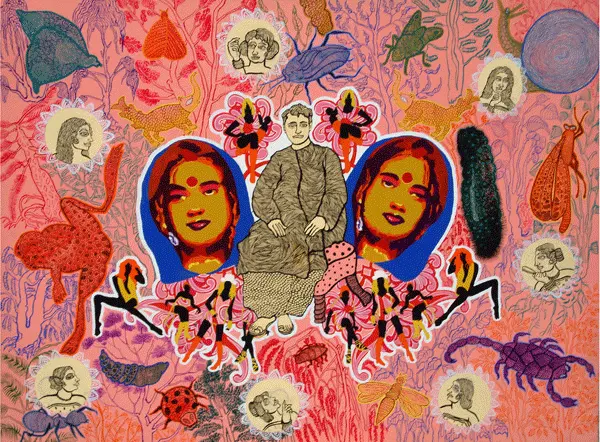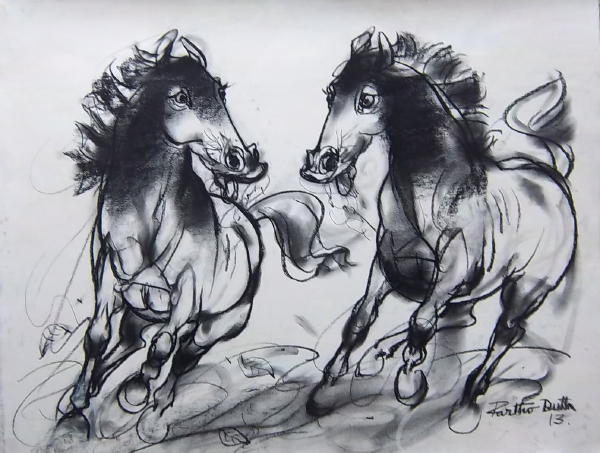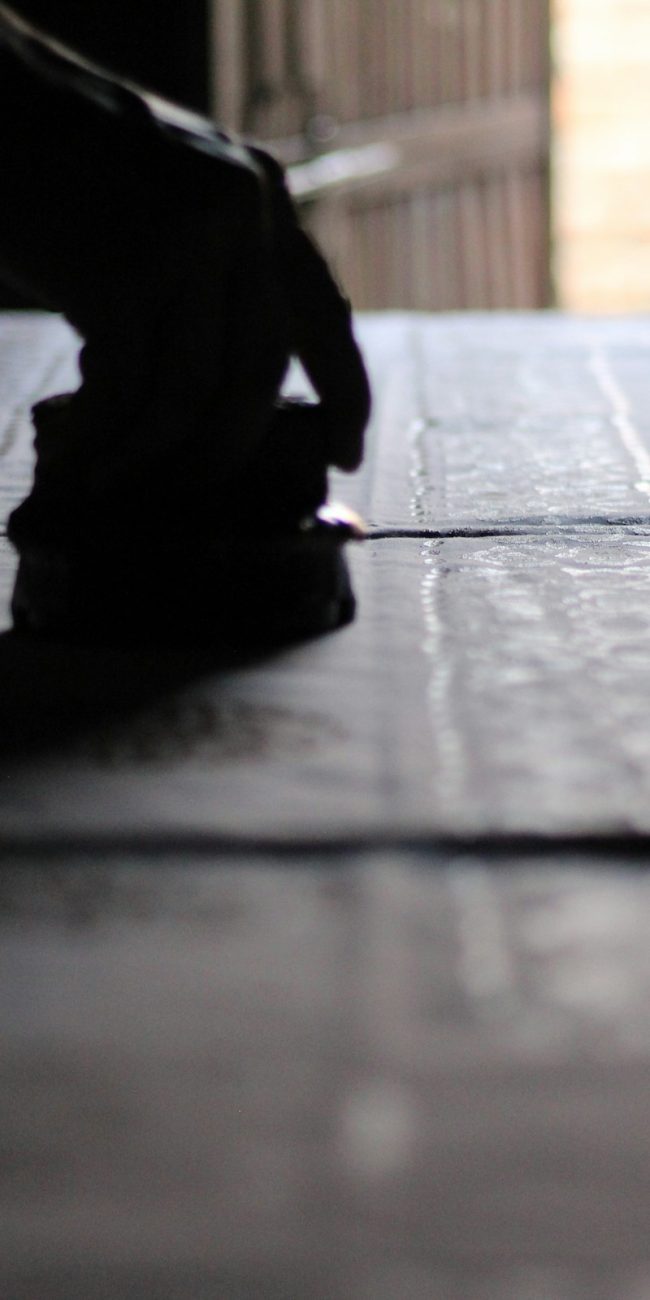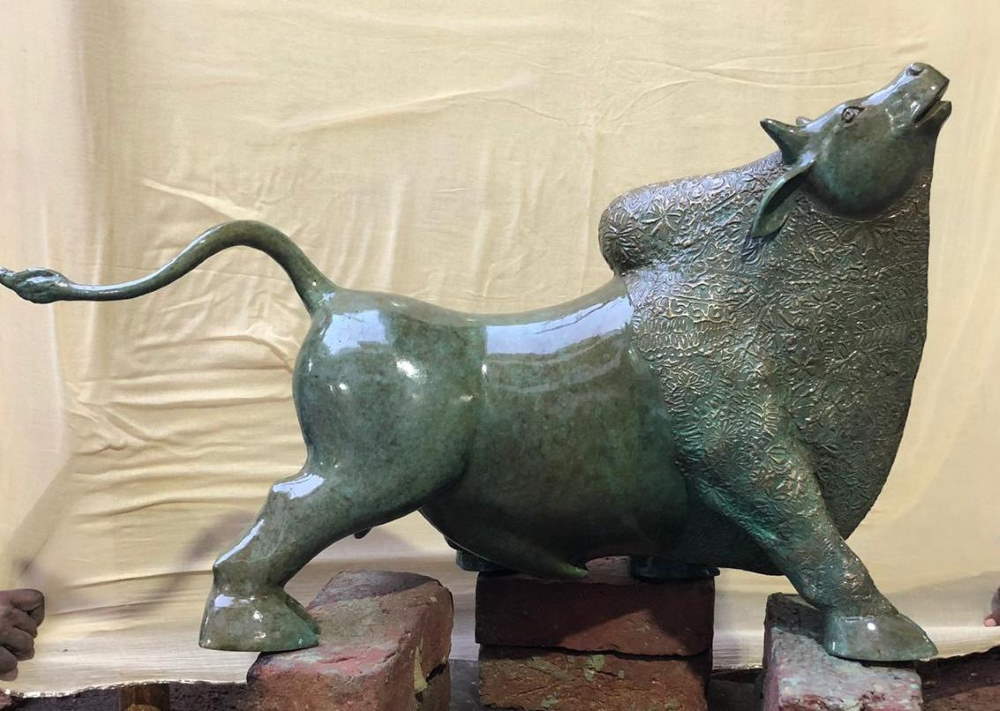
Exploring Sculptures: Three-Dimensional Artistry
What is a Sculpture?

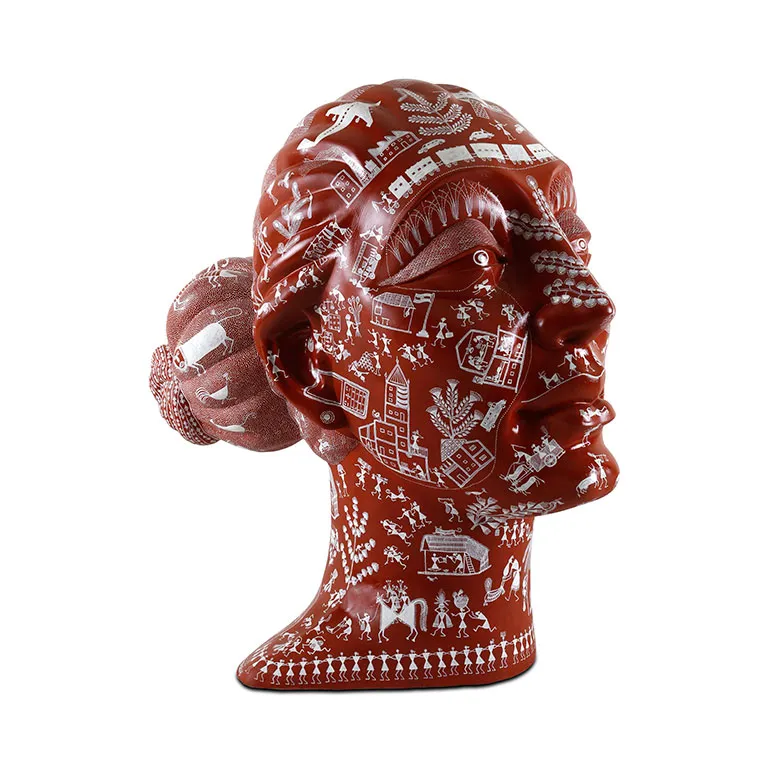
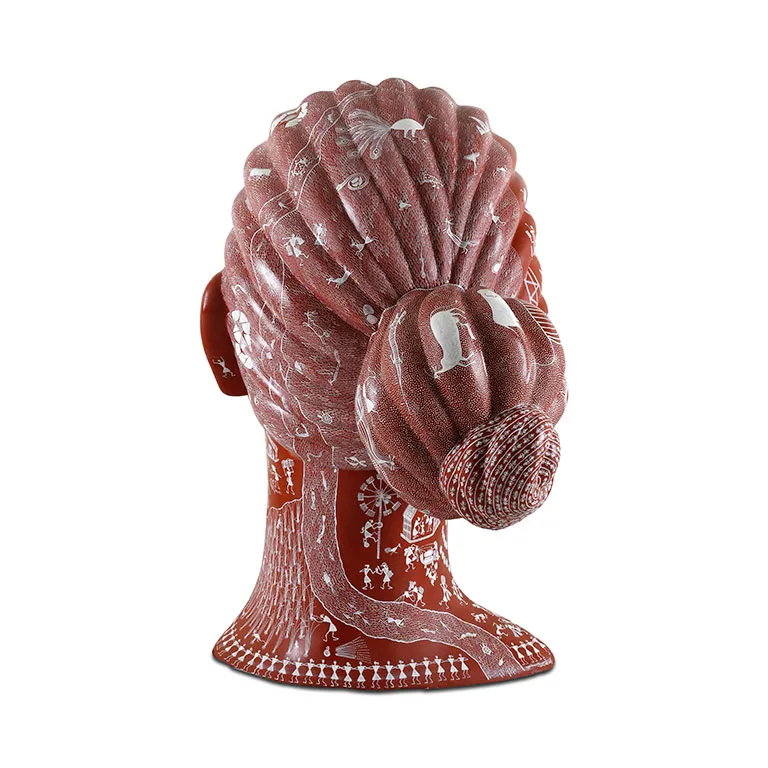
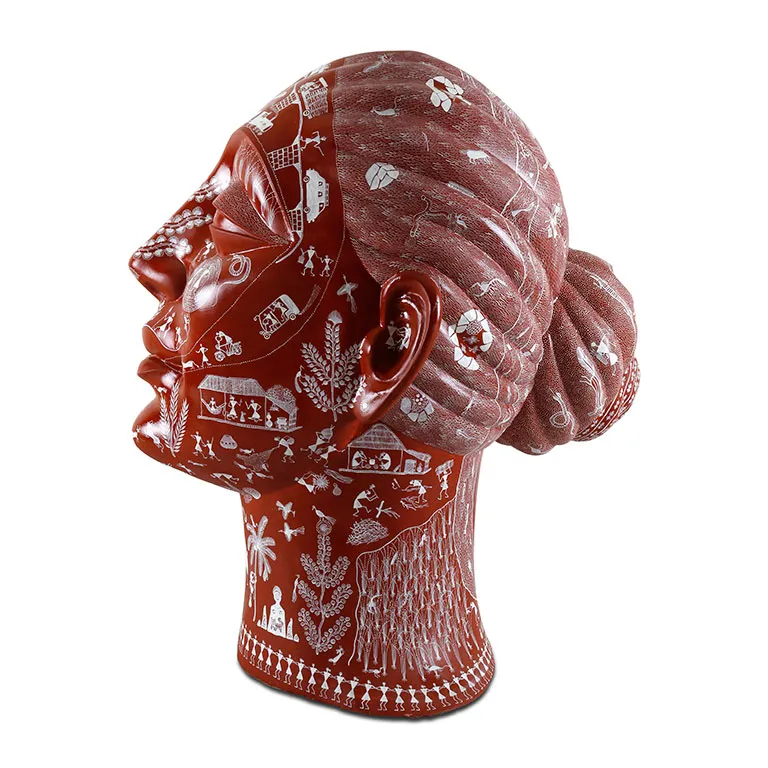
(Anil Chaitya Vangad, Mother Nature (Warli Painting), Acrylic and automotive paint on fiberglass, 42 x 38.5 x 26.5 inches)
Types of Sculptures

(Harisha Chennangod, Lakshmi, Wood relief, 18 x 24 inches)

(Arti Terdalkar, Mixed Media, 5.5 x 5 x 13.25 inches)
There are many different types of sculptures, each with its own unique characteristics and materials.
- Free-standing Sculptures: These are sculptures that stand on their own, separate from any background or wall. You can view them from all sides. A famous example of a free-standing sculpture is Ramkinkar Baij’s “Yaksha”, a towering statue symbolizing prosperity and abundance, located outside the Reserve Bank of India building in Delhi.
- Relief Sculptures: Relief sculptures are attached to a flat surface, like a wall, and only project slightly from it. These sculptures have a background and are meant to be viewed from one angle. Reliefs are commonly found on historical monuments and buildings. An example is the carvings on the walls of ancient temples or the intricate work on the doors of cathedrals.
- Kinetic Sculptures: This is a modern form of sculpture where movement is an important part of the design. These sculptures can move naturally due to wind or water, or mechanically through motors. Kinetic sculptures bring another element of life to the artwork, making it dynamic and ever-changing.
- Assemblage: This type of sculpture is created by combining different objects or materials together, often found materials like scrap metal or wood. It’s a modern form of sculpture that allows for creative freedom, as artists can mix and match various elements to form a piece.
Materials Used in Sculptures

(Laxma Goud, Bronze Sculpture, 10 x 17.25 x 5.5 inches)
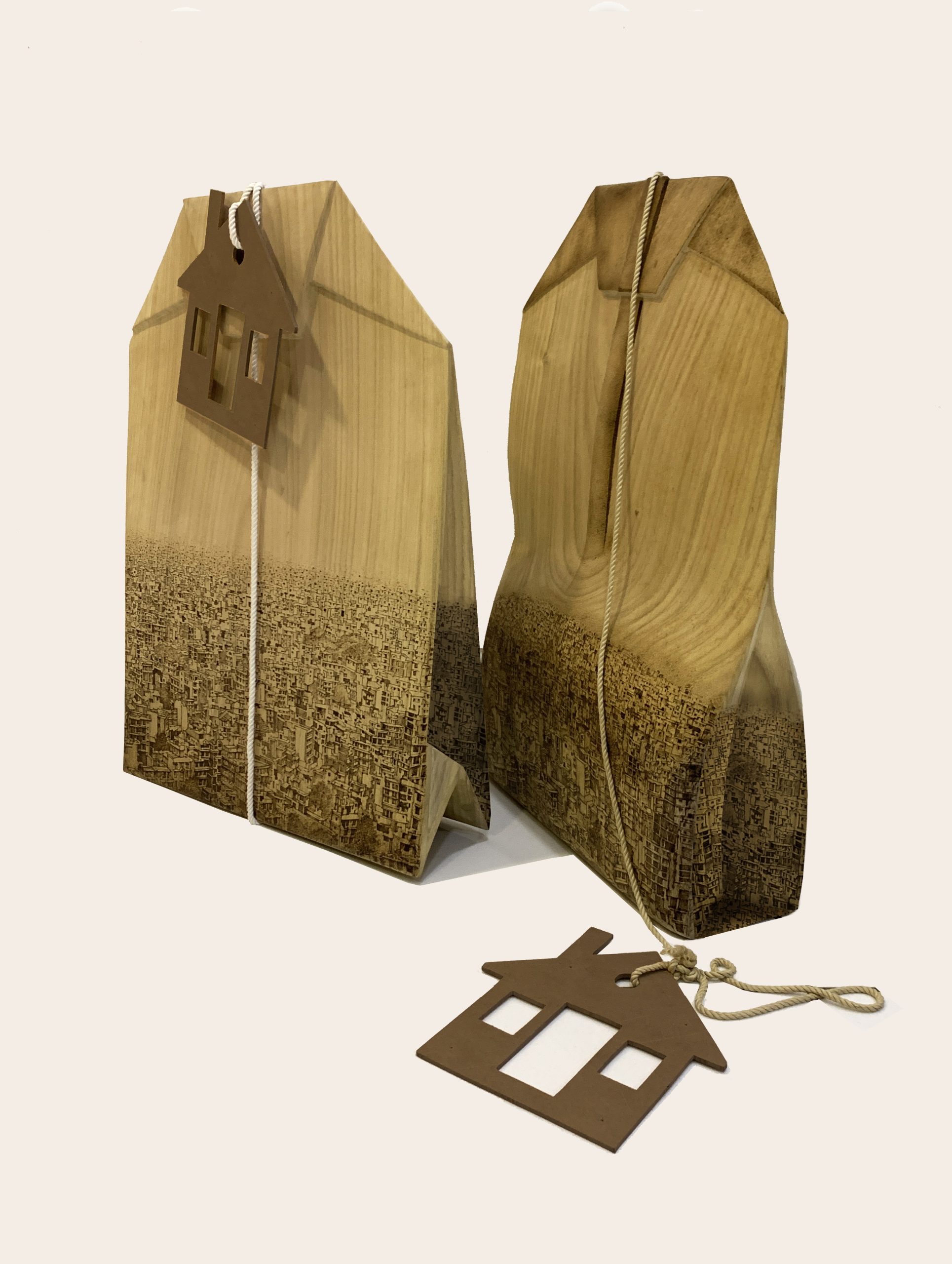
(Purvi Parmar, Wooden Sculpture Pyrography Wood, 16 x 24 inches)
- Stone: One of the oldest materials used in sculpture. Stone is durable and can be carved into detailed shapes. Marble is often used for fine sculptures, as it allows for smooth surfaces and fine details. Many ancient Greek and Roman statues were made from marble.
- Metal: Metals like bronze, iron, and steel are common in sculptures, especially for larger, outdoor pieces. Metal can be cast, welded, or molded into various shapes, allowing for both delicate and bold designs.
- Wood: Wood is a softer material that can be carved easily and gives a more natural look. Wooden sculptures are often found in tribal and folk art. Wood can be polished to bring out its natural beauty or painted to create more vibrant artwork.
- Clay: Clay is a versatile material that can be molded easily by hand. Once shaped, it is usually fired in a kiln to harden it, turning it into ceramics. Clay is popular for smaller sculptures or for making detailed models that are later cast in other materials.
- Modern Materials: With advances in technology, sculptors today also use materials like plastic, resin, or even recycled objects. These materials are lighter and often cheaper, allowing for more experimentation.
Techniques in Sculpture
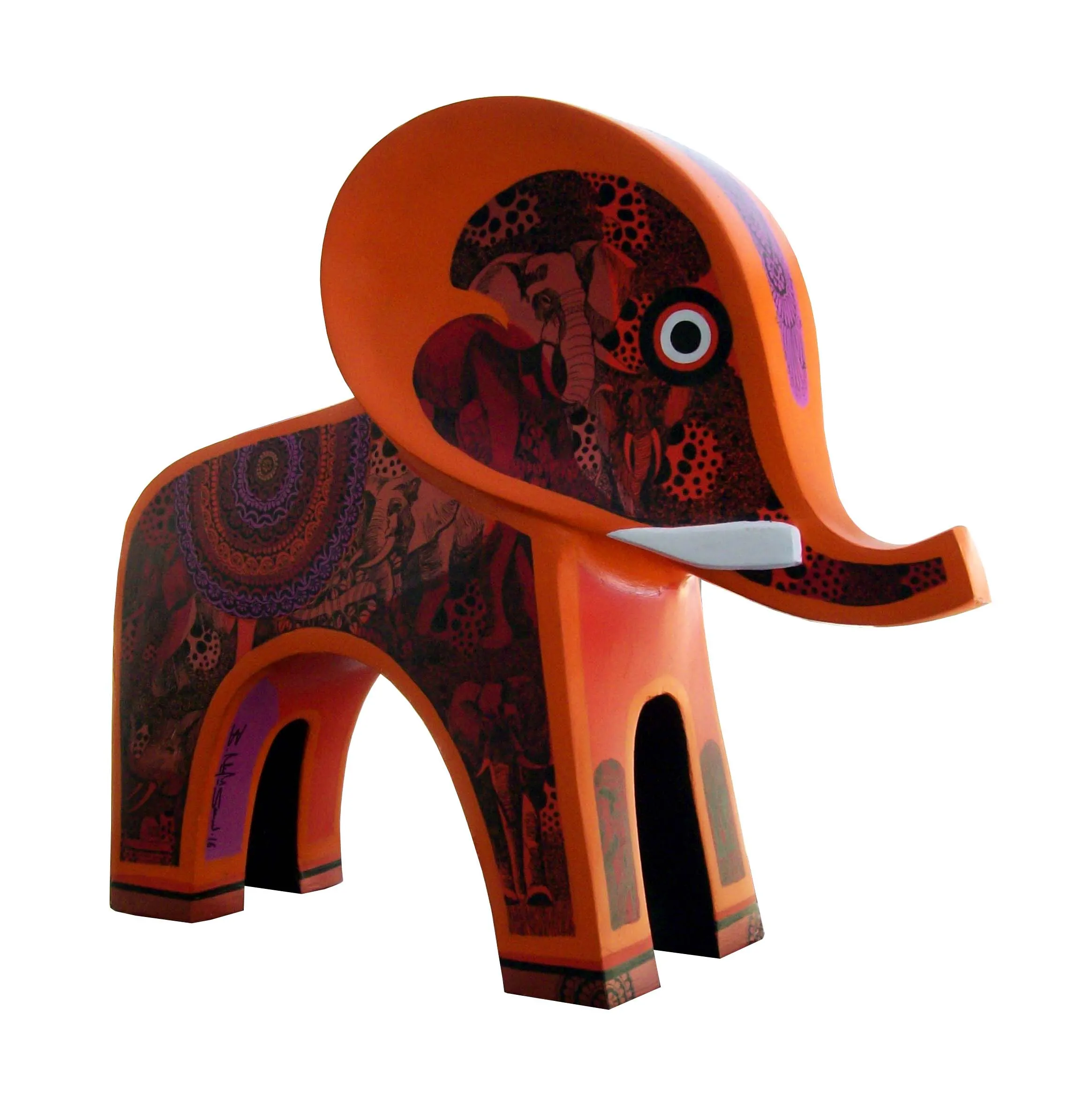
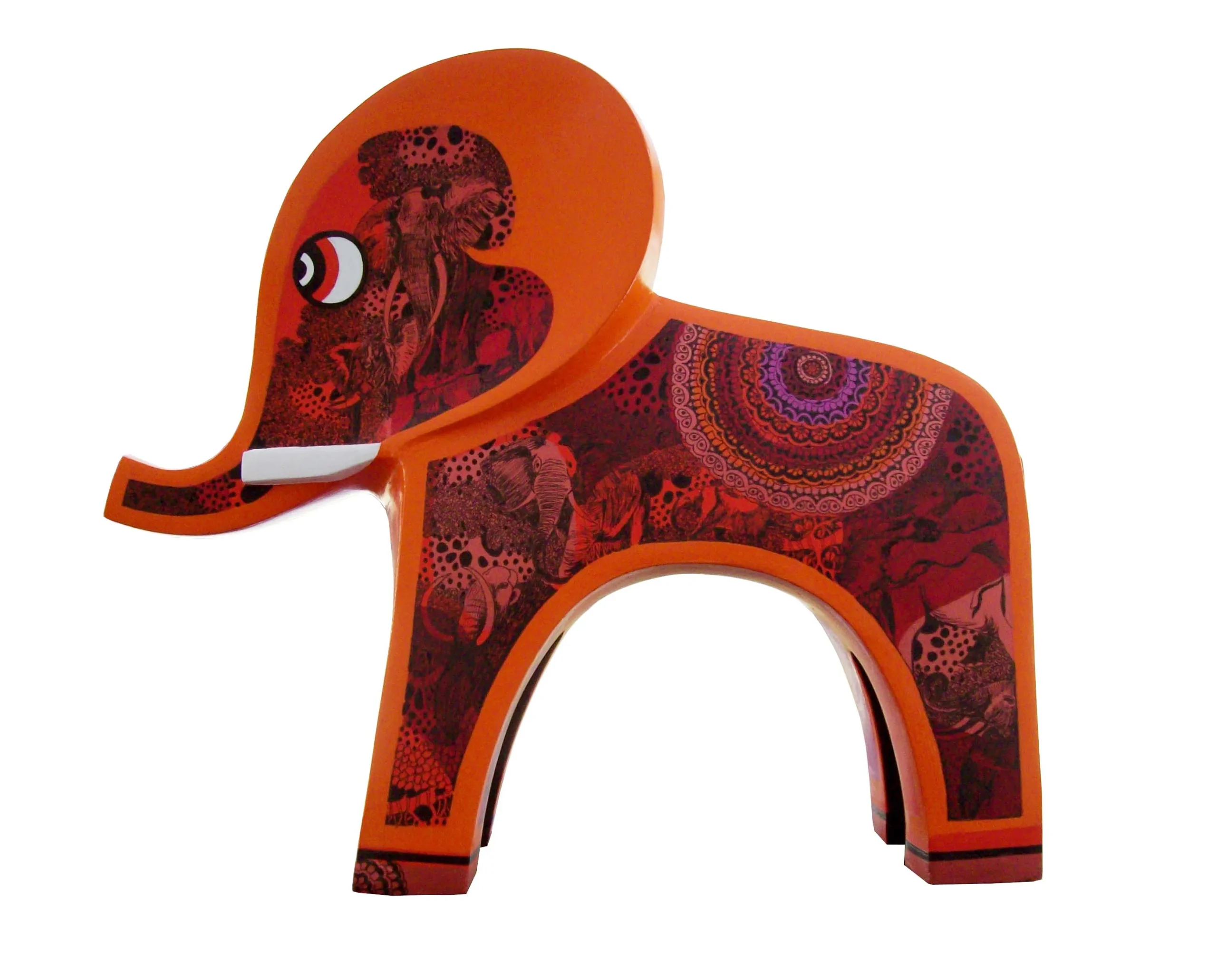
(Nagesh Goud, Mixed media Fiberglass, 22 x 19 x 8.5 inches)
- Carving: Carving involves removing material from a larger block, such as wood or stone, to create a sculpture. This method is subtractive, meaning the artist is cutting away material to reveal the desired shape.
- Modeling: Modeling is an additive process where the artist shapes a soft material like clay or wax by hand or with tools, building up the form bit by bit.
- Casting: In casting, the artist creates a mold of the sculpture and then pours a material like metal or plaster into the mold. Once it hardens, the mold is removed, and the sculpture is revealed. This is often used for metal sculptures like bronze statues.
- Assembling: This technique involves joining various materials together to create a sculpture. It can include welding metal pieces, gluing objects, or combining different found materials to form a cohesive piece.
Sculpture in Modern Times

(Gurmeet Marwah, Heart and Mind, Fiber Glass, 28 x 5 x 9 inches)

(Atish Mukherjee, The Fish Depth, Bronze, 11 x 10 x 3 inches)
In the modern world, sculpture has taken on new forms and ideas. Artists are not only creating traditional figures or objects but also pushing boundaries by using new materials and techniques. Contemporary sculptors experiment with everything from light and sound to digital technology, turning the world into their canvas.
Sculpture also plays a major role in public art. Many cities commission sculptures to be displayed in public spaces, parks, and squares, allowing art to be part of everyday life. These public sculptures often reflect the culture or history of the area and can inspire conversations about art, society, and space.
Conclusion
Sculpture is a diverse and dynamic art form that has been part of human history for thousands of years. From ancient carvings to modern installations, sculpture brings life to materials and transforms space. Whether carved in stone, molded in clay, or assembled from found objects, sculptures allow us to experience art in three dimensions, inviting us to explore and connect with the world around us.




